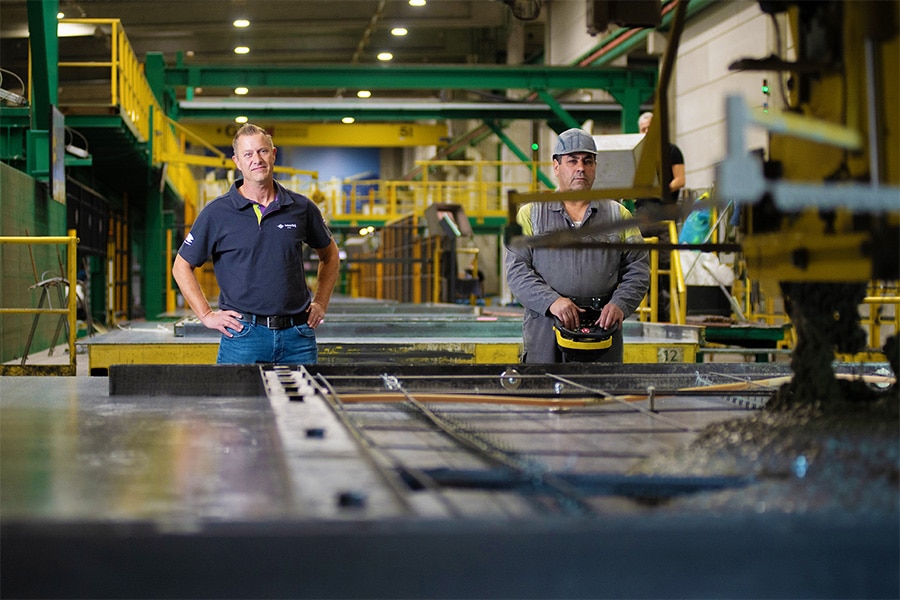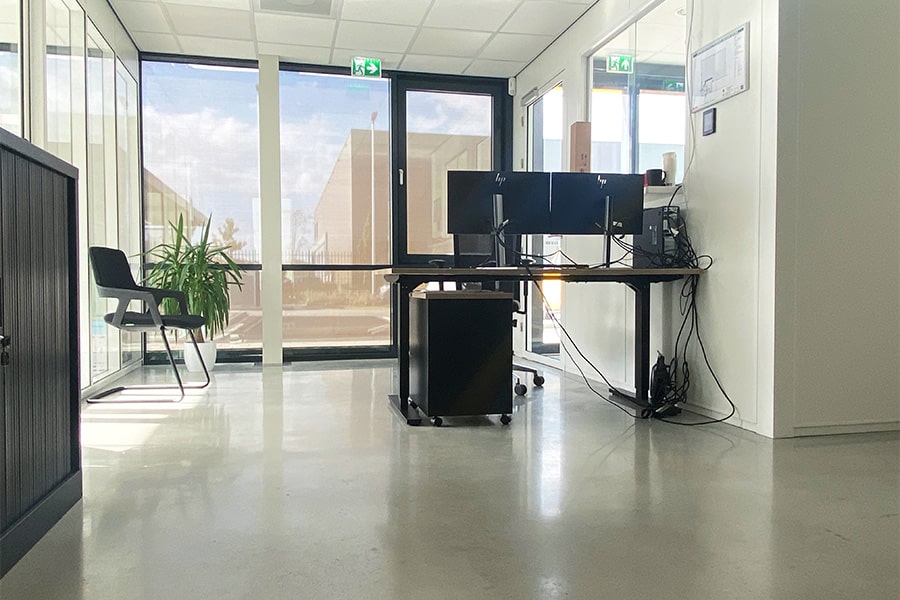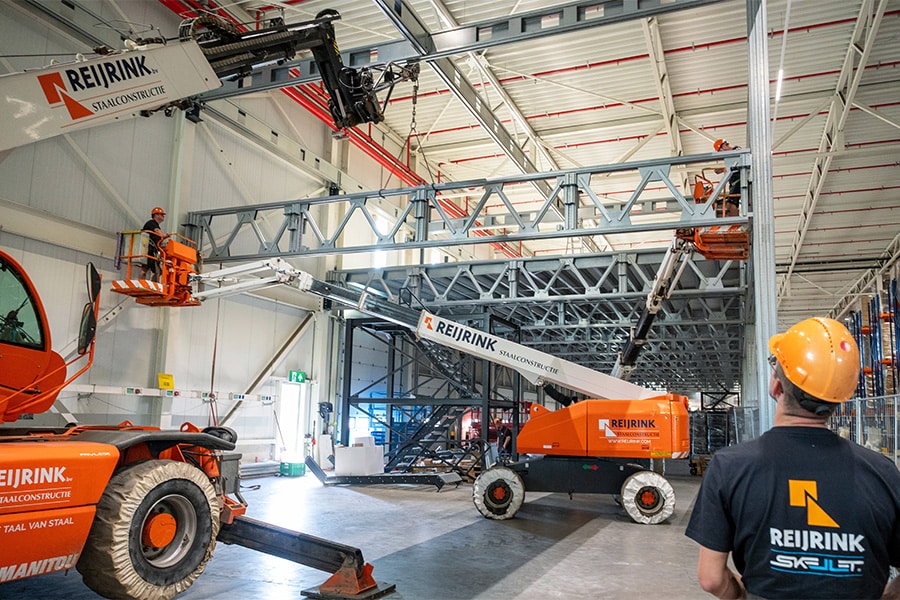
Set rings find their way into turnkey residential construction
In a fairly short time, Wyli's adjusting rings have become a well-known product among steel builders and constructors. This is undoubtedly due to the elegance in which the various types of adjusting rings offer a simple, practical and inexpensive solution to common problems. For example, wind bracing with the Wyli Tension Disc is simple to adjust or remove bulges. The Wyli Shockproof Disc is a great tool for earthquake-resistant construction. A new application has now been added to this: the double Wyli, which is currently being used for setting turnkey homes from Startblock.

To first recall the Wyli adjustment rings, Erik Gerssen, director of Wyli Tension Disc, explains again the principle, which was once devised to eliminate bulges from wind bracing.
"The core of this patented solution lies in the eccentricity of the adjusting ring that essentially moves the bolt hole. This allows you to adjust four millimeters back and four millimeters forward, eight millimeters in total. The adjusting ring has a hexagonal notch into which the bolt head falls. With the same wrench you normally use, you can easily tighten the windlass. Two Wyli's can thus eliminate a 135 mm bulge on a six-meter strip. This Wyli Tension Disc is available from M12 to M 36 and for multiple sheet thicknesses."

Startblock
Recently, the Wyli principle has also found its way into the construction of turnkey housing. Startblock from Emmeloord builds complete homes for first-time buyers in its factory, trying to contribute something to the distressing housing shortage experienced by this target group. The dwellings, made mostly of wood, are 4 m deep, 5 m wide and 8.6 m high, and are transported from the factory to their final destination in their entirety and completely finished on a flatbed trailer. A project with 16 homes in Emmeloord and one with 32 homes in Ridderkerk is currently underway.

Large adjusting space
Gerssen: "Because the setting of the complete house has to be done very accurately, a solution was found with double Wylis. This works as follows: the houses rest on a precast concrete floor into which M 20 threaded rods have been cast; the houses themselves have footplates in the columns with recesses of 40 millimeters. After the house is lifted into place, the first Wyli goes into the base plate and into it goes a second, smaller Wyli. In this way we have created 15 mm of adjustment space in a 40-millimeter circumference. Once the house is precisely set, the residents can move into the circular, sustainable home immediately after the utilities have been connected. At the construction site, there is no further nail or screw involved."
This particular solution with two Wyli's uses a 30 mm and a 40 mm variant. Gerssen concludes, "The big advantage, of course, is that you greatly increase the adjustability, while the final play is 0.1 millimeters and the house is fully fixed in all directions. You can adjust from one side, whereas with the earthquake-resistant Wyli Shockproof Disc you have to be able to reach it from both sides. In any case, we are delighted that our system has found another rewarding application."



